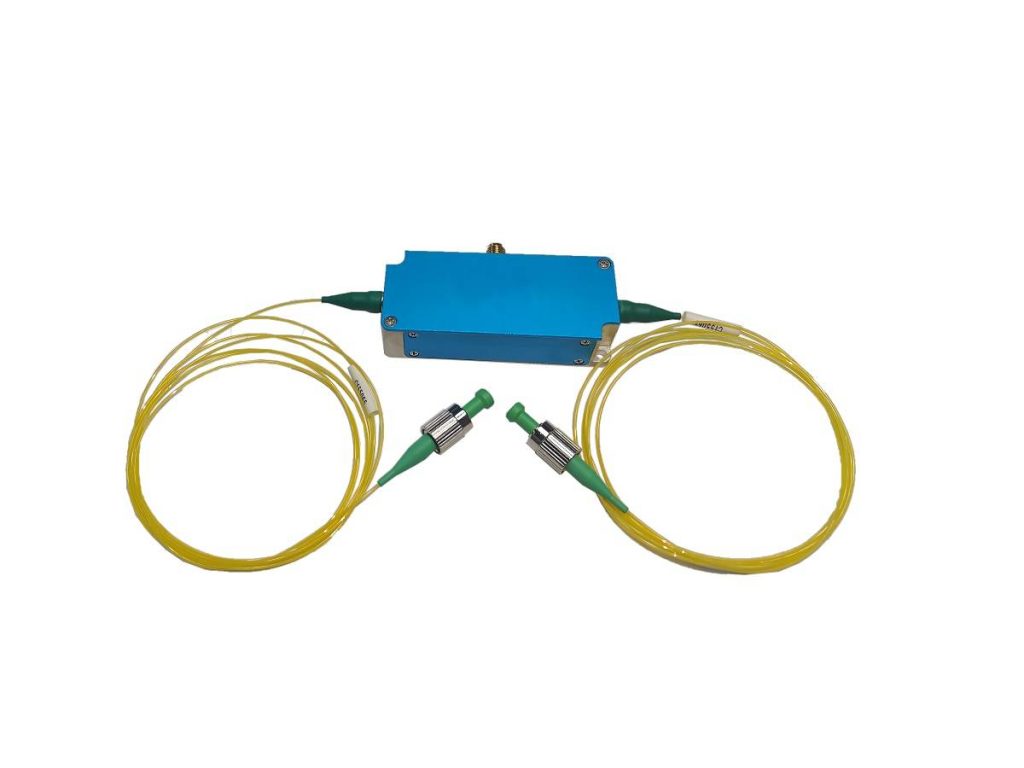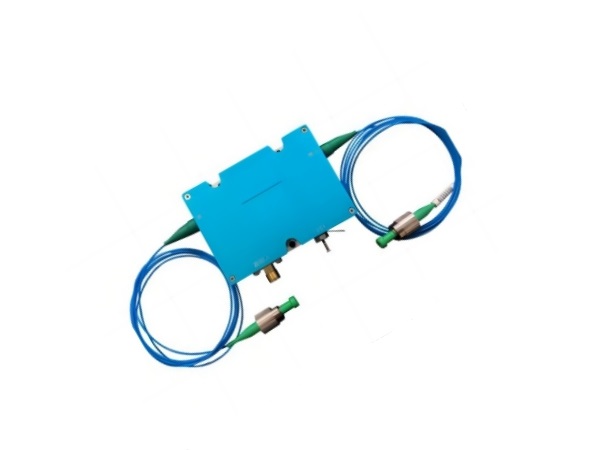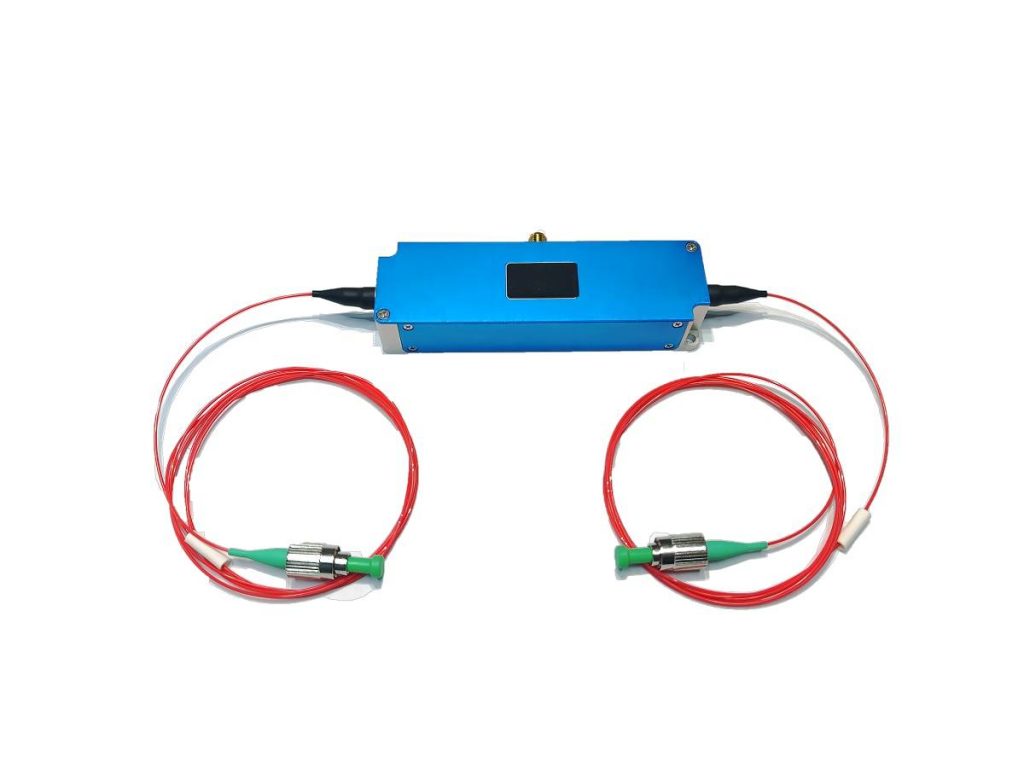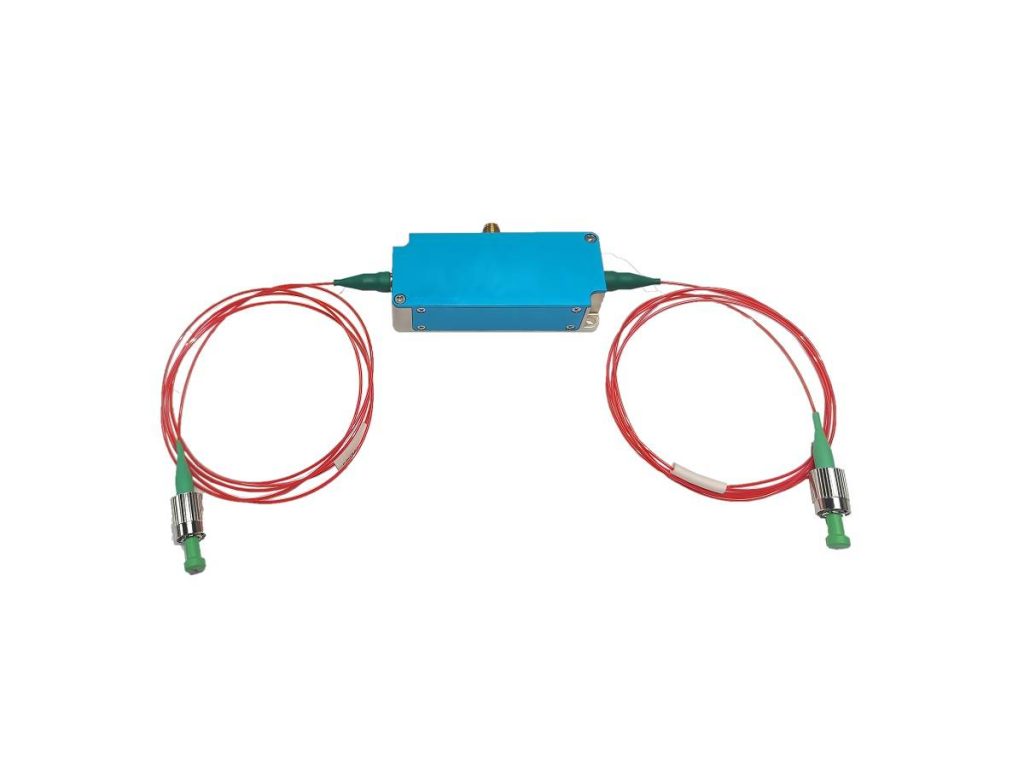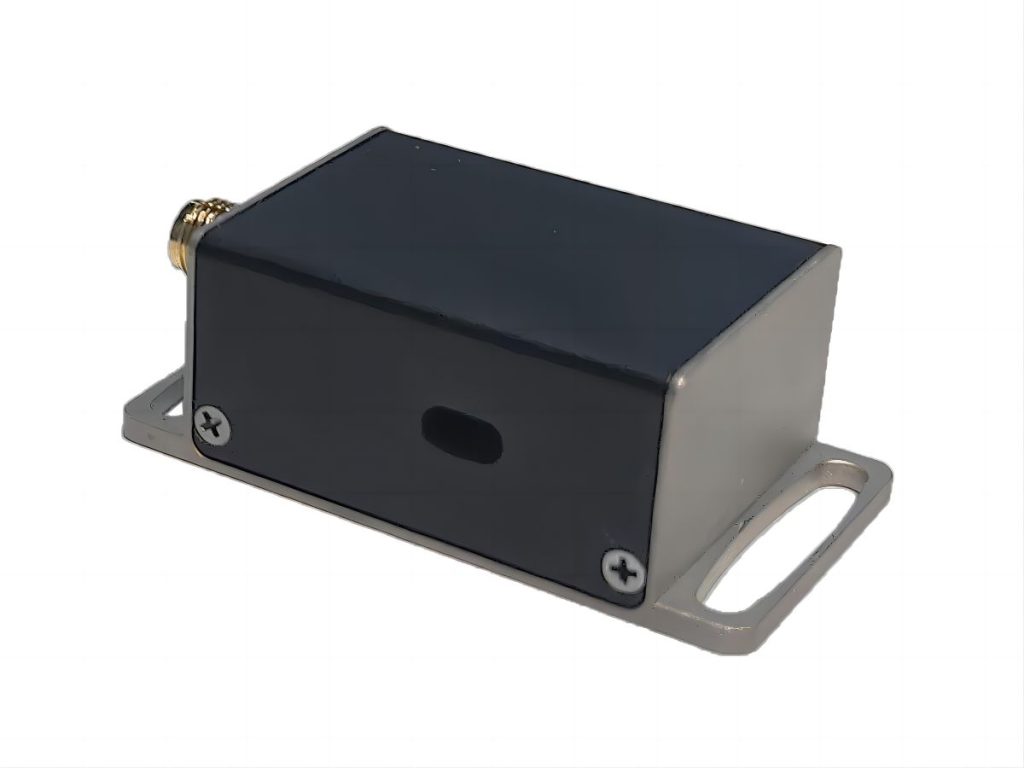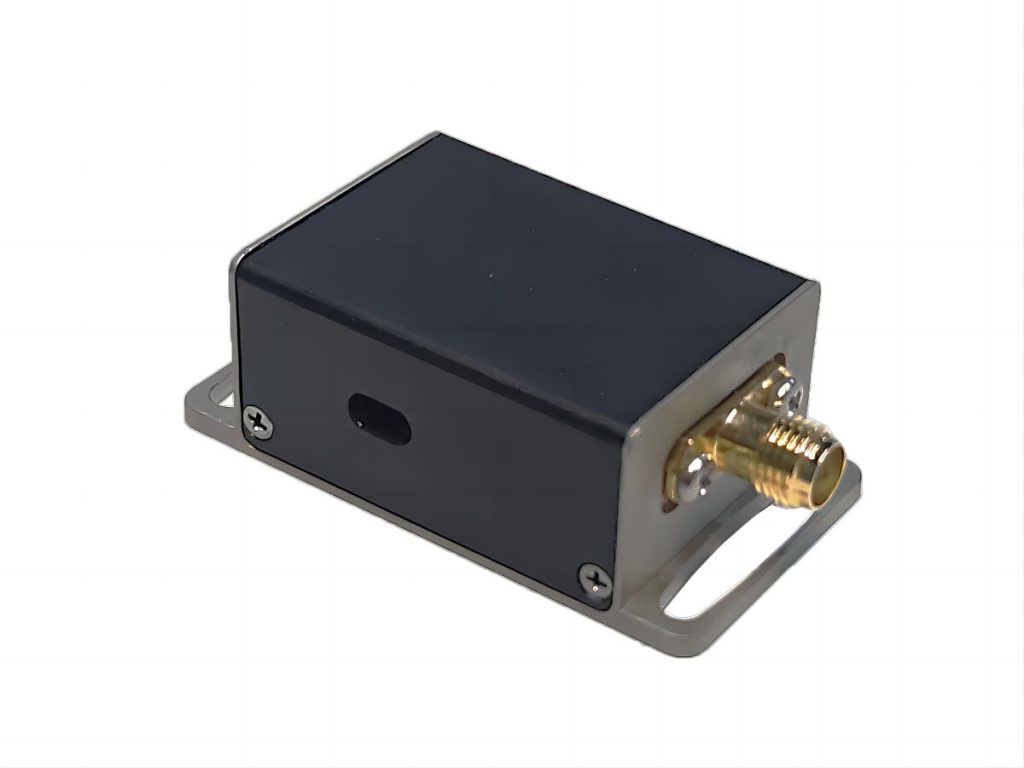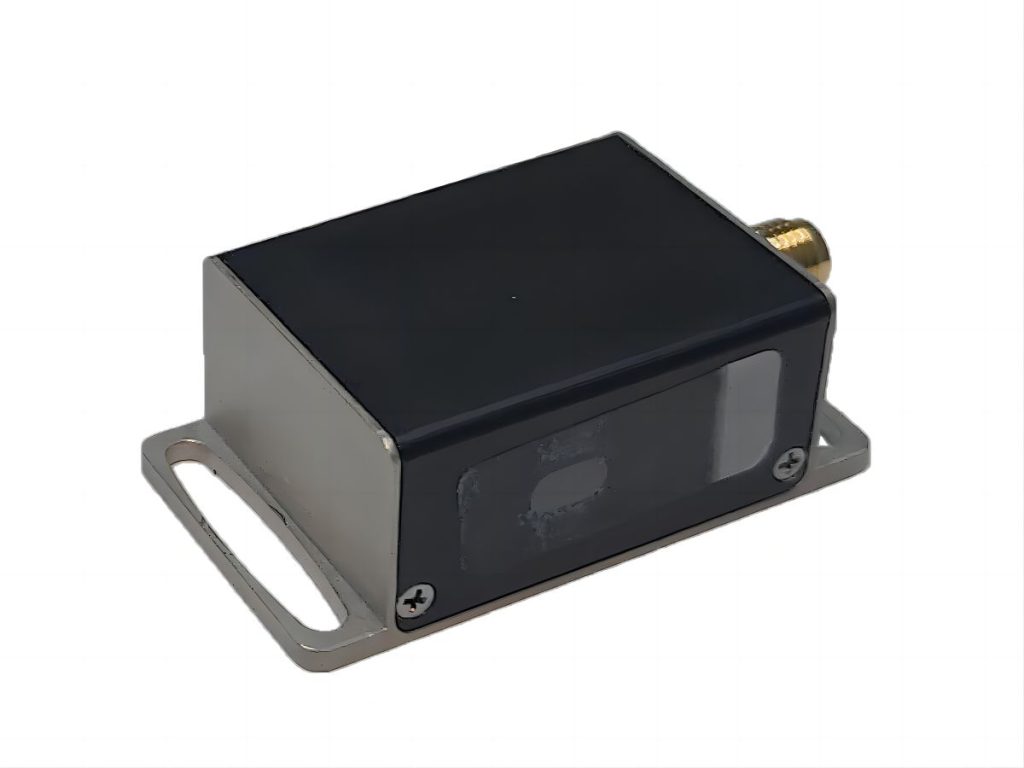Acousto-Optic Modulators for Q Switch in Lasers
Lasers are a cornerstone of modern technology, finding applications in diverse fields ranging from medicine and manufacturing to telecommunications and environmental monitoring. However, not all laser applications require a continuous stream of light. In certain scenarios, generating high-power, short-duration pulses offers distinct advantages. Here’s where the Q switch comes into play.
This article explores how acousto-optic modulators (AOMs) play a crucial role in achieving Q switches within lasers. We’ll delve into the operating principles of both AOMs and Q-switches, before examining how AOMs manipulate the critical parameter in a laser cavity – the Q-factor – to generate intense laser pulses.
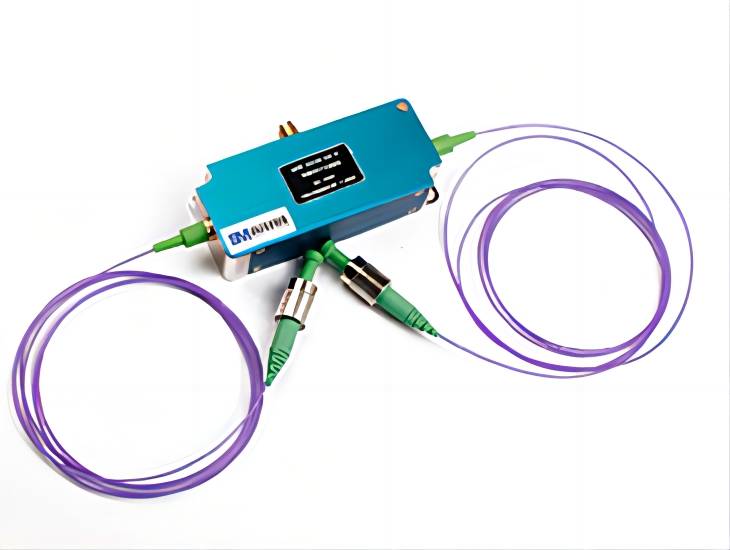
Acousto-Optic Modulators: Modulating Light with Sound
Acousto-optic modulators (AOMs) are optoelectronic devices that utilize sound waves to modulate a light beam. In simpler terms, they control the intensity, phase, or direction of light by interacting it with sound waves. This interaction relies on a phenomenon known as acousto-optic effect.
There are two main types of AOMs:
- Bragg Cell AOMs: These AOMs employ a traveling acoustic wave within a specific material (often tellurium dioxide or lithium niobate) to create a dynamic diffraction grating. When light interacts with this grating, a portion of the light gets diffracted into a specific direction depending on the acoustic wave’s properties. By controlling the acoustic wave’s frequency and power, the AOM can modulate the intensity or phase of the transmitted light beam.
- Acousto-Optic Deflectors (AODs): In contrast to Bragg cells, AODs utilize a focused acoustic wave to deflect the entire light beam through a specific angle. The deflection angle is directly proportional to the acoustic wave’s frequency. AODs are primarily used for beam steering applications, where the light beam needs to be rapidly redirected.
The core components of an AOM include:
- Piezoelectric Transducer: This transducer converts an electrical signal into a high-frequency acoustic wave. The applied electrical signal dictates the characteristics of the sound wave, influencing the light modulation.
- Acousto-Optic Material: This is the medium within which the sound wave propagates and interacts with the light beam. The material’s properties like refractive index and acoustic velocity significantly impact the AOM’s performance.
- Light Beam: The light beam to be modulated is directed through the acousto-optic material, where it interacts with the sound wave and undergoes the desired modulation.
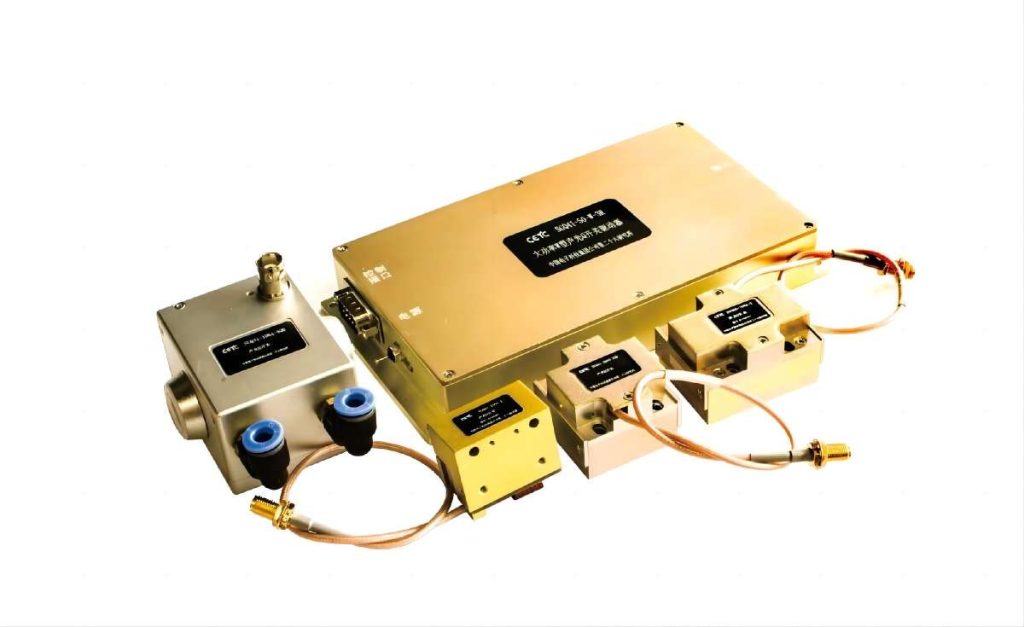
What are Q Switches?
In a laser cavity, light is amplified through stimulated emission. However, not all the generated light contributes to the laser output. Some light exits the cavity due to imperfections, leading to energy losses. The parameter that quantifies these overall losses within the cavity is known as the Q-factor. A higher Q-factor signifies lower losses and a more efficient laser.
Q-switching is a technique employed to manipulate the Q-factor of a laser cavity dynamically. By rapidly switching the Q-factor between a low and high state, Q-switching enables the generation of high-power, short-duration laser pulses. Here’s how it works:
- Low Q-State: Initially, the Q-factor of the cavity is kept low by the Q-switch. This prevents laser oscillation from initiating, even though the pumping mechanism is active. As a result, gain builds up within the laser medium.
- Rapid Q-Switching: In a short time interval (typically microseconds or nanoseconds), the Q-factor is switched to a high value using the Q-switch. This sudden increase in Q-factor allows the accumulated gain to be released in a powerful burst, generating a high-intensity laser pulse.
- Return to Low Q-State: After the pulse generation, the Q-factor is swiftly switched back to a low state. This prevents further laser oscillation until the next Q-switching cycle, allowing the gain to build up again.
There are various methods for implementing Q-switching, including mechanical shutters and saturable absorbers. However, acousto-optic modulators offer distinct advantages due to their:
- Fast Switching Speeds: AOMs can achieve switching times in the nanosecond range, enabling the generation of ultrashort laser pulses.
- High Pulse Repetition Rates: AOMs can operate at high frequencies, allowing for repetitive Q-switching cycles at high rates.
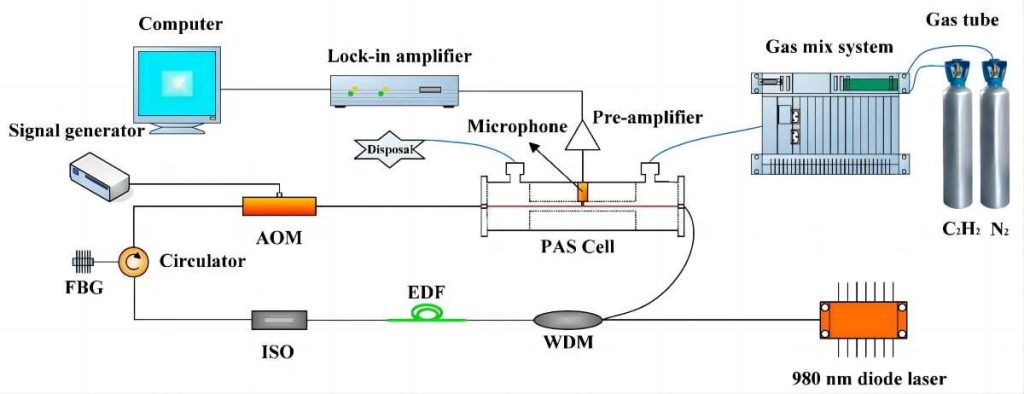
How AOMs Enable Q Switches?
During Q-switching with AOMs, the device is strategically positioned within the laser cavity. When the Q-switching cycle needs to begin, a radio frequency (RF) signal is applied to the piezoelectric transducer of the AOM. This RF signal generates a high-frequency acoustic wave within the acousto-optic material.
There are two primary mechanisms by which AOMs can modulate the Q-factor:
- Diffraction-Based Q-Switching: In this approach, the acoustic wave creates a dynamic diffraction grating within the acousto-optic material. When the laser light interacts with this grating in its “on” state (high RF power applied), a significant portion of the light gets diffracted out of the main cavity path. This effectively increases the cavity losses, lowering the Q-factor and preventing laser oscillation. Conversely, when the RF power is reduced (AOM “off” state), the diffraction effect diminishes, allowing most of the light to propagate through the cavity unperturbed. This leads to a high Q-factor, enabling the release of accumulated gain as a high-power pulse.
- Deflection-Based Q-Switching: This method utilizes acousto-optic deflectors (AODs) as the Q-switching element. In the “on” state, the acoustic wave within the AOD deflects a significant portion of the light beam out of the cavity. This again reduces the effective cavity length and lowers the Q-factor, suppressing laser oscillation. When the RF power is switched off, the deflection ceases, and the light beam propagates through the entire cavity, leading to a high Q-factor and pulse generation.
The choice between diffraction and deflection-based Q-switching depends on factors like the laser wavelength, desired pulse characteristics, and available space within the cavity. Diffraction-based AOMs often offer higher efficiency but may introduce unwanted diffracted light orders. Deflection-based AODs provide cleaner beam profiles but might have slightly lower diffraction efficiency.
Applications of Q Switch Lasers with AOMs
Q-switched lasers with AOMs find application in various fields due to their ability to generate high-peak power pulses. Here are some prominent examples:
- LIDAR (Light Detection and Ranging): LIDAR systems utilize pulsed lasers to measure distances. Q-switched lasers with AOMs are ideal for LIDAR applications because the high peak power allows for long-range detection and precise depth profiling.
- Material Processing: The intense pulses from Q-switched lasers can be used for precise material ablation, drilling, and micromachining. AOMs enable controlled pulse generation, crucial for delicate material processing tasks.
- Remote Sensing: Q-switched lasers with AOMs are used in remote sensing applications for atmospheric studies, pollution monitoring, and target identification. The high peak power allows for long-range interaction with atmospheric molecules and analysis of their properties.
- Biomedical Applications: In some medical procedures, like ophthalmology and laser surgery, Q-switched lasers with AOMs provide precise and localized ablation capabilities. The control over pulse generation offered by AOMs ensures minimal tissue damage during such procedures.
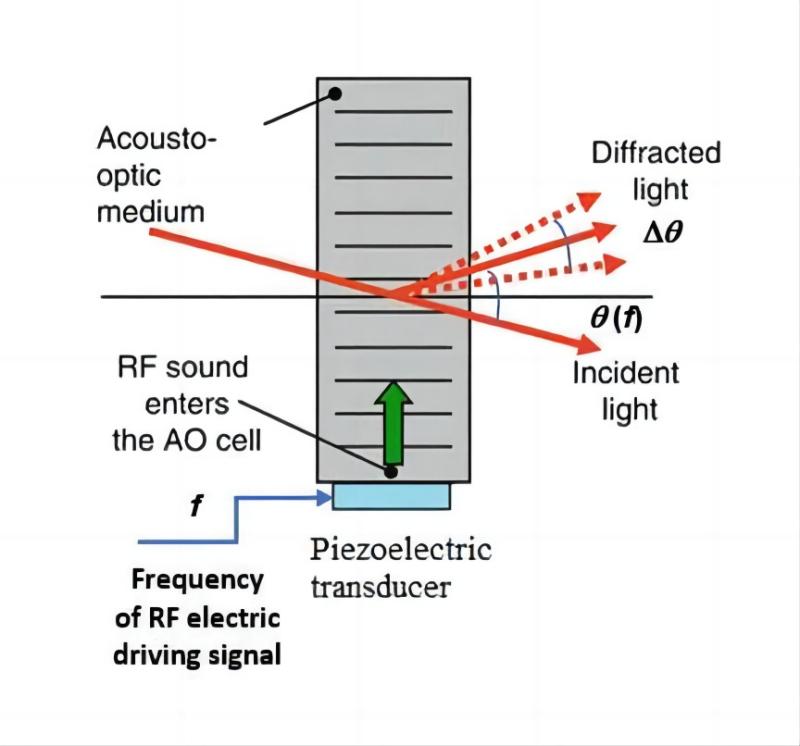
Considerations for Choosing AOMs for Q-Switching
When selecting AOMs for Q-switching applications, several factors need to be considered:
- Laser Wavelength: Different acousto-optic materials offer optimal performance at specific wavelengths. Choosing an AOM material compatible with the laser wavelength ensures efficient light modulation.
- Desired Pulse Characteristics: The type of AOM (Bragg cell or AOD) and its operating parameters influence the pulse duration and peak power achievable. Careful selection is crucial to achieve the desired pulse properties.
- Damage Threshold: The AOM material needs to have a high enough damage threshold to withstand the high peak power laser pulses without degradation.
- AOM Drive Electronics: The RF driver electronics for the AOM need to provide sufficient power and precise control over the acoustic wave characteristics for effective Q-switching.
Conclusion
Acousto-optic modulators (AOMs) play a vital role in achieving Q switch within lasers. Their ability to rapidly manipulate the Q-factor of a laser cavity enables the generation of high-power, short-duration laser pulses. AOMs offer advantages like fast switching speeds, high pulse repetition rates, and compatibility with a wide range of laser wavelengths. This makes them a preferred choice for Q-switching applications in various fields, from material processing and remote sensing to biomedical procedures. If you are looking for an acousto optic modulator supplier, SMART SCI&TECHis a good choice for you.

